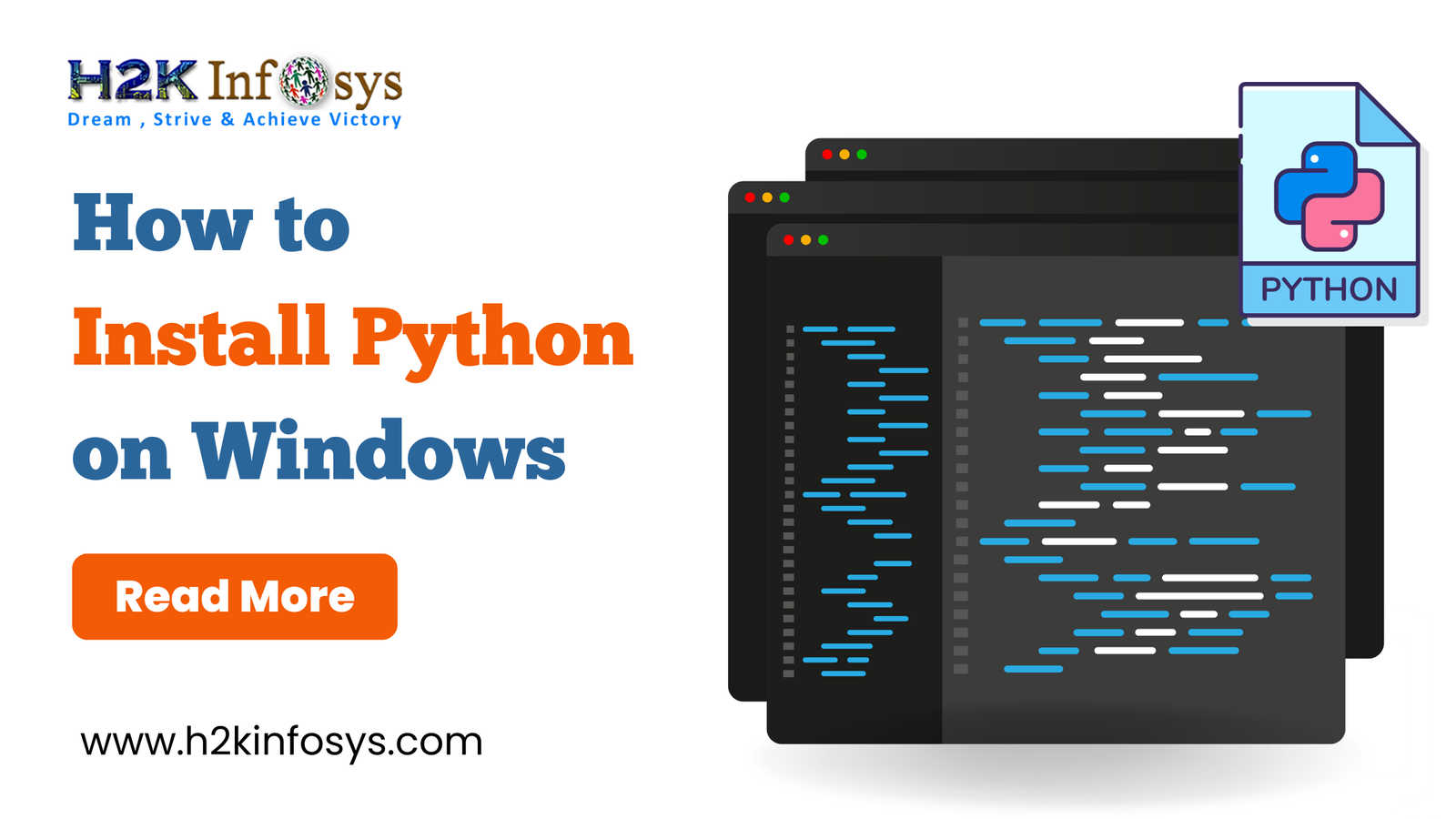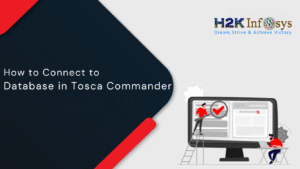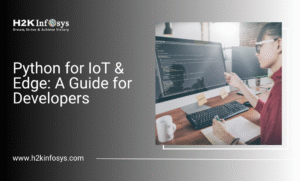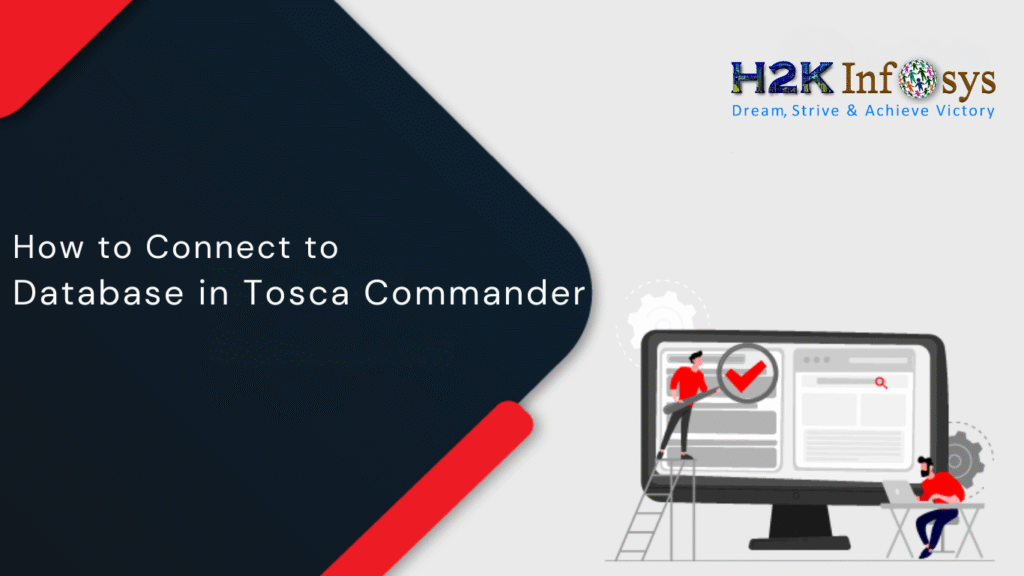Python is a potent, all-purpose programming language that’s popular in data research, artificial intelligence, scientific computing, and web development. Python on Windows installation is required if you’re new to programming and want to get started with it on your PC. Check out the Python online course to learn more.
Installing Python on Windows Computer
Python can be installed on a Windows computer in a few different methods. The choices we’ll look at in this session are listed below:
- Installing Python straight from the Microsoft Store is a fast and simple way to get started with the language quickly. For novices who wish to utilize Python on their computer for learning, it is really helpful.
- Install Python from the Python website directly: You may personalize your installation and have greater control over the installation process using this option.
- Use the Anaconda distribution to install Python: Anaconda is a well-liked Python distribution that has a ton of pre-installed tools and packages, which makes it a fantastic choice for data research and scientific computing.
- Regardless of the approach you select, you can begin utilizing Python on your Windows computer in a couple of steps. Sometimes, Python may come pre-installed on your computer. Here’s how to find out if Python is installed on your Windows computer.
Checking if Python is Already Installed on Your Windows Machine
You can use the Start Menu or the terminal to access Python.
Use the terminal to verify whether Python is installed on your Windows computer by doing the following steps:
- Launch a command line utility, like Command Prompt (the default on Windows 10) or Windows Terminal (the default on Windows 11).
- Enter {python} into the command line. If Python is installed, the Python prompt, which looks like this “>>>,” should appear after a notification stating something like “Python 3.x.x.” Keep in mind that “3.x.x” is the Python version number.
- You will be sent to the Python on Windows installation page on the Microsoft Store if Python is not already installed on your computer. Be aware that Python may not be at its most recent version on the page you are taken to.
Use the Start Menu to see if Python is installed on your Windows computer. To do so, perform the following:
- To access the Start Menu, either click the Start button or press the Windows key.
- Put “python” in the search bar.
- Python should appear as the best match if it is installed. To launch the desired version of Python, click or press “Enter”. The Python prompt, which appears like this “>>>,” should appear after a message stating something like “Python 3.x.x.” Keep in mind that “3.x.x” is the Python version number.
- You will only see results from web searches for “python” or a recommendation to look for “python” in the Microsoft Store if Python is not installed on your computer.
How to Install Python on Windows from the Microsoft Store
Use the Microsoft Store to install Python on Windows computer by following these steps:
- On your Windows computer, launch the Microsoft Store application. To accomplish this, go to the Start menu and type “Microsoft Store.”
- Use the Microsoft Store app to look up “Python.” Several “Python X.X” apps ought to appear in the search results. The variations of Python that are accessible on the Microsoft shop are denoted by X.X. Generally speaking, opt for the most recent version of Python, which is 3.11 as of this writing.
- To access the app page, click on the app.
- To start the installation procedure, click the “Get” button.
- Python will be downloaded and installed on your computer by the Microsoft Store. Depending on the speed of your internet connection, this could take a few minutes.
- To verify that Python has been installed correctly, follow the directions in the section “Checking if Python is Already Installed on Your Windows Computer” after the installation is finished.
- The IDLE Shell, a straightforward IDE for executing Python commands, is also included with this Python installation. Look for the IDLE Shell in the Start menu’s all apps section to get access to it.
As was previously said, Python can be installed via the Microsoft Shop primarily for instructional purposes. The Microsoft Store package is an easily installable Python interpreter that is primarily meant for interactive applications, as stated in the Python documentation itself.
How to Install Python on Windows from the Python Website
Use the complete Python installer from the Python website to install Python on Windows computer by following these steps:
- Visit the link to get Python.
- Click the link for the most recent version of Python under the “Python Releases for Windows” section (for example, Python 3.11.1 is the most recent version as of this writing).
- Select the “Windows installer (64-bit)” version of Python from the download page.
- Start the installer file to start the installation procedure after the download is finished.
- You will see an option to “Add Python 3.x to PATH” once the installer opens. This is only advised if you wish to use Python via the terminal and you are installing a single version of the language rather than from an IDE.
- To start the installation, click the “Install Now” button. A few minutes will pass during the installation procedure. Be aware that you might be prompted to select the features you wish to have installed before selecting “Install Now.” It is advised that you go with the default installation unless you have particular modification requests.
- ‘Disable path length limit’ will be an option presented to you after the installation is finished. While this is not necessary for everyday Python use, it is advised for Python development since it can help avoid issues with lengthy auto-generated file paths.
- To end the installation, click the “Close” button.
- After the installation is finished, adhere to the guidelines provided in the “Checking if Python is Already Installed on Your Python on Windows” section to check that it is installed properly.
How to Install Python on Windows Using Anaconda
Different Python distributions have the necessary tools and packages pre-installed. With a plethora of data science tools and packages pre-installed, the Anaconda Python installation is one of the most widely used distributions. Use an Anaconda distribution to download Python by doing the following steps:
- Visit the download page for Anaconda.
- You can find various versions of the Anaconda Installer by scrolling down to the “Anaconda Installers” section. To install the most recent version of Python on Windows, click on the “64-Bit Graphical Installer” for Python 3.9 at the time of writing.
- Save the installer file to your computer. Click the installer to begin the installation after the download is complete.
- Double-clicking the downloaded file will launch the installation procedure.
- After the installer begins extracting files and the installation process is finished, click Continue and check the license agreement to finish the installation.
- You can “Add Anaconda3 to my PATH environment variable” from the “Advanced Installations Options” box. This is only advised if you wish to use the conda tool from the terminal (instead of an IDE) and you only have one installation of Anaconda Python (instead of several versions).
- The installation procedure will begin when the installer extracts the files. This could require many minutes. You will be prompted to install JetBrains’ DataSpell data science IDE optionally when the installation is finished.
- A “Thanks for installing Anaconda” screen will appear after the installation is accomplished. Click “Finish.”
- To verify that Python has been installed correctly, follow the directions in the section “Checking if Python is Already Installed on Your Windows Machine” after the installation is finished.
Conclusion
To learn more about Python, check out the Python training online.

























